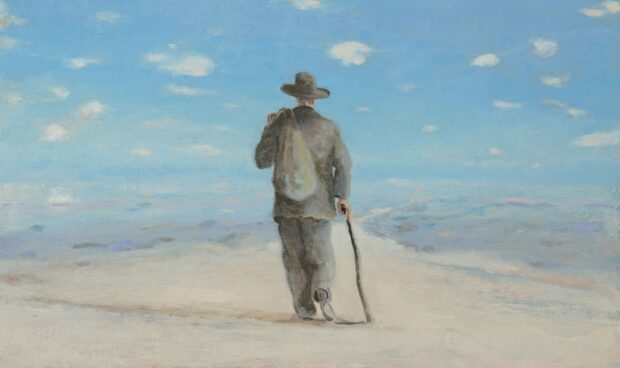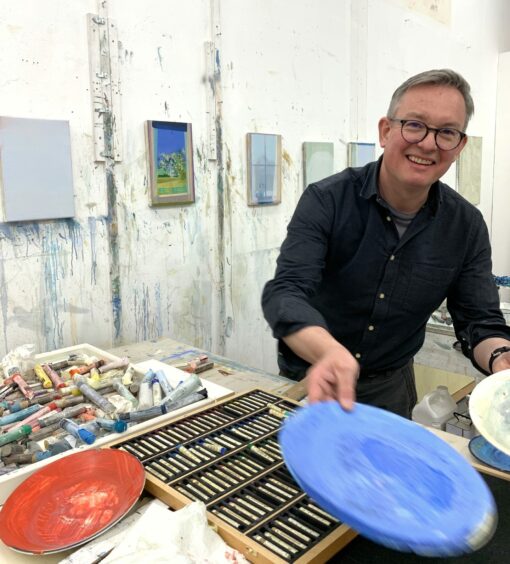
Like all of us, artist Barry McGlashan could not travel far for inspiration during lockdown.
He has long held a fascination with exploration and discovery but with travel having been difficult as of late, the former Gray’s School of Art student and teacher has instead gone on a journey of the imagination and it is this which feeds his new exhibition, Between The Dream And Waking, at The Scottish Gallery in Edinburgh from Thursday until November 27.
Although he has been feeling restless, he refused to let this be a hindrance and so allowed his thinking to travel further when, physically, he couldn’t, leading to a deeper connection with his work. This new series of paintings explores the place between the real and the imagined, using references gleaned from personal experience, which is often recollections of travel. He also takes inspiration from imagery discovered in literature, historical events and film.
Between The Dream And Waking considers the paintings as objects, too – although a flat surface, these works describe form and spatial depth, offering something you can hold and feel. McGlashan has explored the more material nature of painting in these new compositions.
McGlashan, who has paintings held in several public collections including Aberdeen Art Gallery, The Scottish Society (New York) and the Royal Scottish Academy, explained: “Over years of work in the studio, I have accumulated many ghosts.
“These are pieces of paper, stained and marked through the process of painting. I’ll often use a piece of paper as a blotter, to remove excess paint from the surface of another painting, so I am left with this relic of something other, like a memory.
“They are very beautiful in their own way – ghostly and thin, whispering forms that suggest something new. I decided to use these as a starting point for some of the paintings – they are bonded to panel, sealed, and then worked over.
“Those feint images may remain to the end or may be completely obscured but the point for me is this feels like starting in the middle. It’s very liberating.
“Each painting in this exhibition is its own object, arrived at by a process of making in which I create an environment of making and thinking that can encourage the accidental.
“Very little is prescribed, I like to keep the paintings active by allowing more to ‘come in’ as I think of it.
“In this way, the paintings evolve from one to the next and new territories are encountered.”

Enjoy the convenience of having The Sunday Post delivered as a digital ePaper straight to your smartphone, tablet or computer.
Subscribe for only £5.49 a month and enjoy all the benefits of the printed paper as a digital replica.
Subscribe